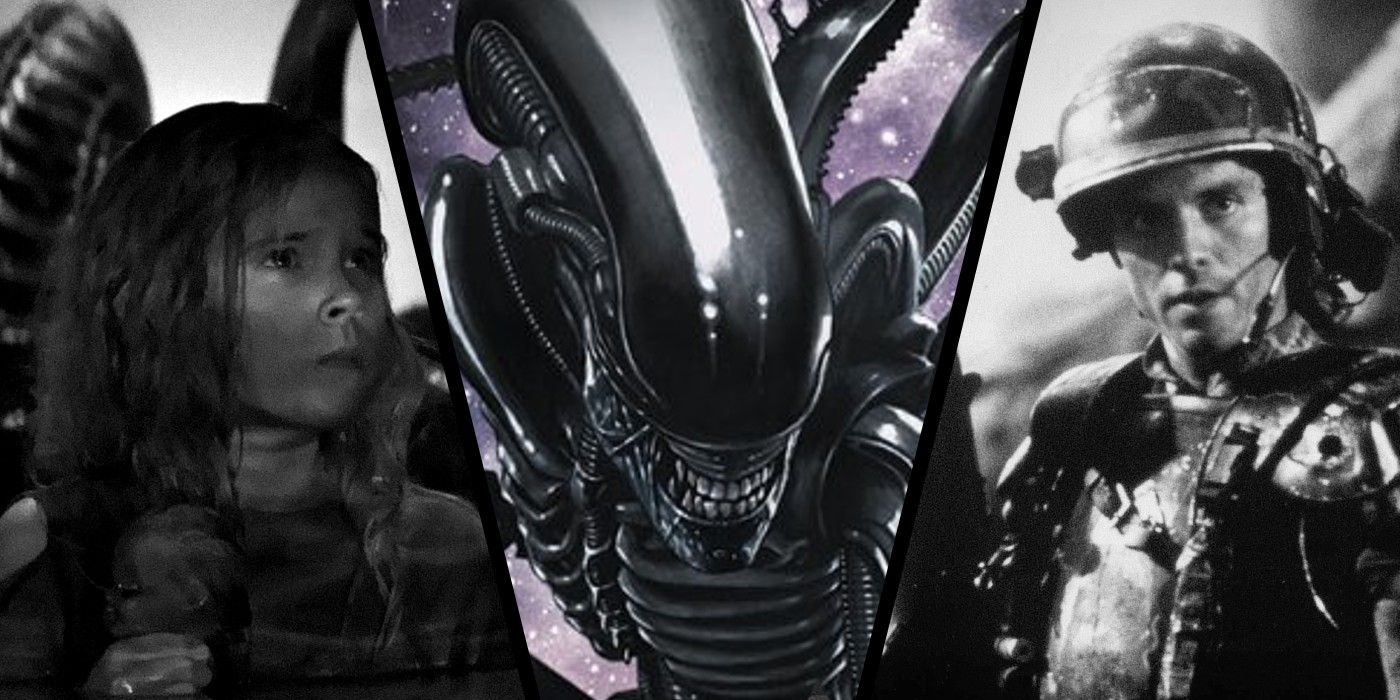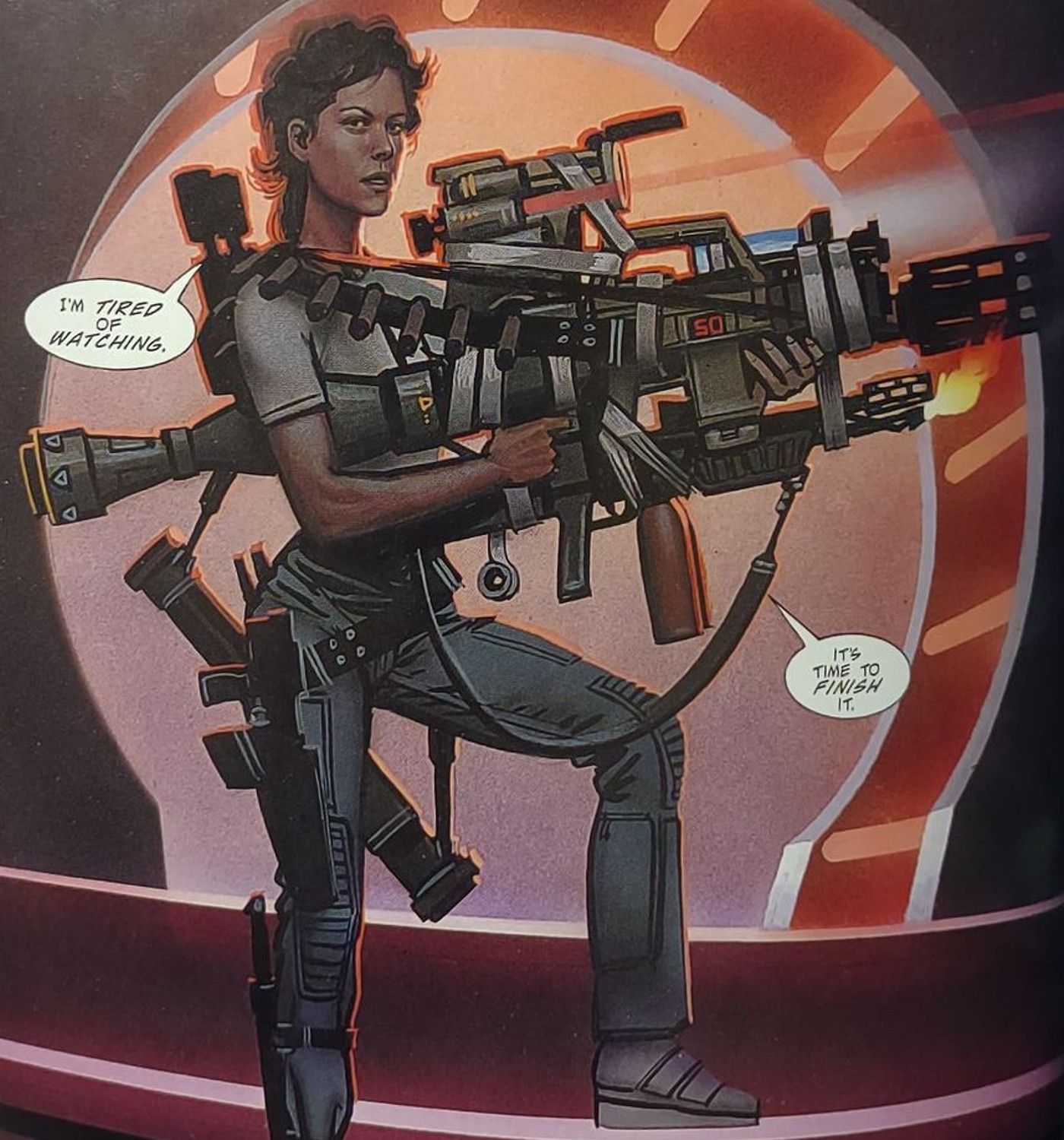The decision to kill off Aliens' Newt and Hicks in Alien 3 has long been controversial and a comic sequel that came out before the third film was significantly altered as a result. Aliens: Outbreak and two more series from Dark Horse Comics provided a new story for Hicks and Newt to be part of. However, the release of Aliens 3 resulted in this comic not only becoming non-canon, it also changed up future printings of Outbreak.
Two years after Aliens was released, Dark Horse Comics started to release Aliens: Outbreak. This comic was then followed up by two sequels titled, Aliens: Nightmare Asylum (simply called Aliens at the time of publication) and Aliens: Earth War (which would later be renamed Aliens: Female War). These comics were published from 1988 to 1991. Outbreak has the creative team of Mark Verheiden, Mark A. Nelson, Ron Randall, and Willie Schubert. Aliens: Nightmare Asylum has the creative team of Mark Verheiden, Den Beauvais, and Roger Casselman. Aliens: Female War has the creative team of Mark Verheiden, Sam Kieth, Pat Brosseau, and John Bolton.
Once Alien 3 released in 1992, the collective comic sequel (consisting of those three connected titles) was rendered non-canonical and underwent quite a few changes. Dark Horse Comics renamed Newt Billie and changed Corporal Dwayne Hicks to Sergeant David Wilks. Even more surprising is that the Ellen Ripley who appears within these stories was eventually retconned by a novel adaptation of Female War, making her a synthetic. This allowed the character to be present and for this story to exist somehow in the franchise's universe despite the heroine's death in Alien 3 since it takes place many years after Aliens and Alien 3. However, these changes don't change how much more impressive and complex Outbreak, Nightmare Asylum, and Female War are compared to the third film.
These stories pit Hicks and Newt against a new xenomorph threat, an invasion of Earth by xenomorphs as a result of human experimentation, the presence of a xenomorph more impressive than a queen, and even an interaction with a living Engineer. It also added religious zealotry into the mix, which numerous other Alien comics incorporated into later stories. If those weren't ambitious enough, Newt and Hicks' stand-ins also traveled to the xenomorph home world, referred to in these series as Xenomorph Prime, to tackle the threat at its source. These comics developed more plotlines than the films could manage in a single sequel, while maintaining the classic deadly elements of the xenomorph threats and human greed. Nonetheless, it was a full-blown sequel, following the characters from the second film in the franchise and continuing their story. However, this would all change once Alien 3 released.
Alien 3 and Alien Resurrection did a lot of things than fans didn't like, but one of the worst may have been killing Ripley without a clear successor to take the helm. Dark Horse Comics didn't suffer from this approach. The comics brought Ripley back, after beginning a new story with familiar characters, shifting the focus. While this Alien comic trilogy as a whole might not be able to translate to film very effectively, there was definitely a vision for a broader scheme that would up the ante without losing what made Alien and its characters so interesting. In recent years, Dark Horse Comics and Marvel have restored Newt and Hicks in reprints of these comics, changing their replacement names back to the original iteration of the story. Although more movies may have been desired, Alien 3's direction destroyed the promising new start that Dark Horse Comics gave the franchise and made its ambitious original story featuring Hicks and Newt non-canonical to the Alien universe.


